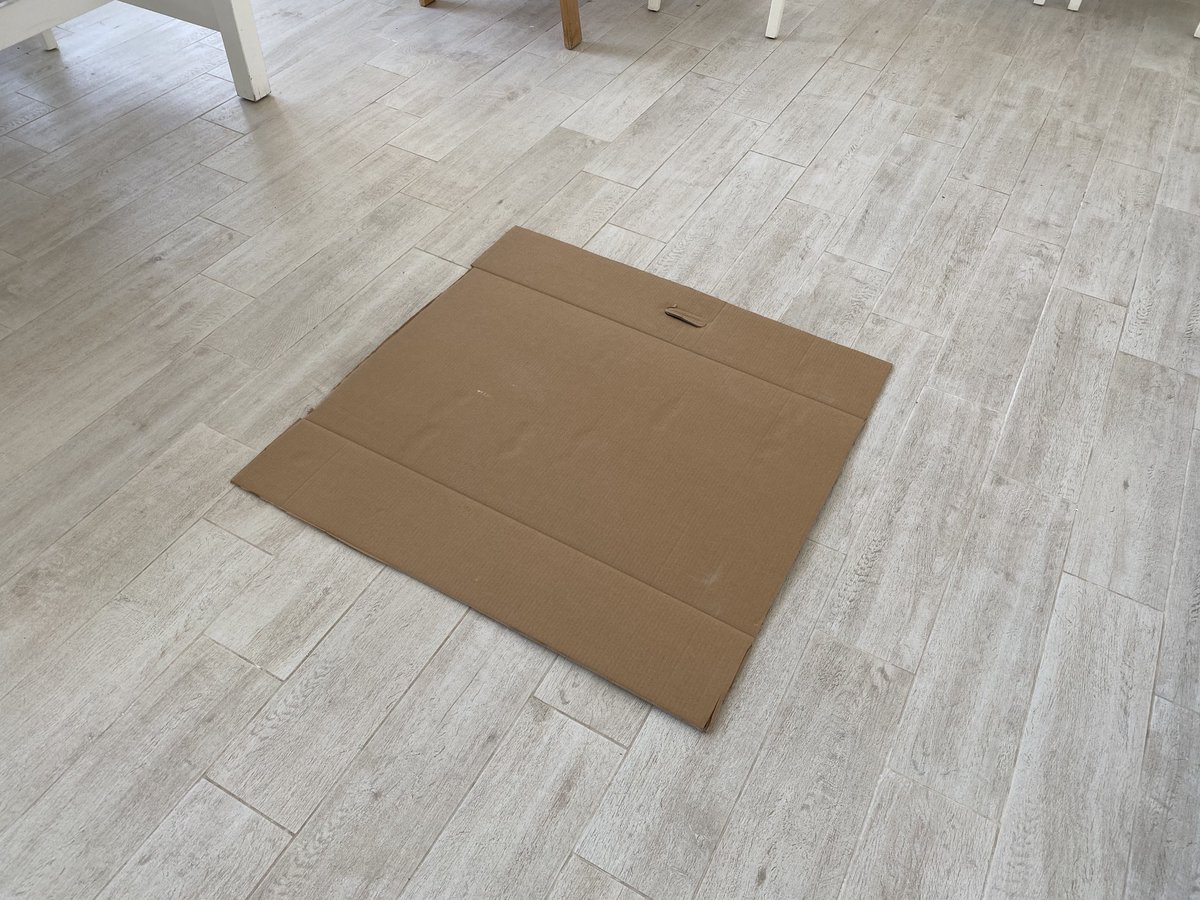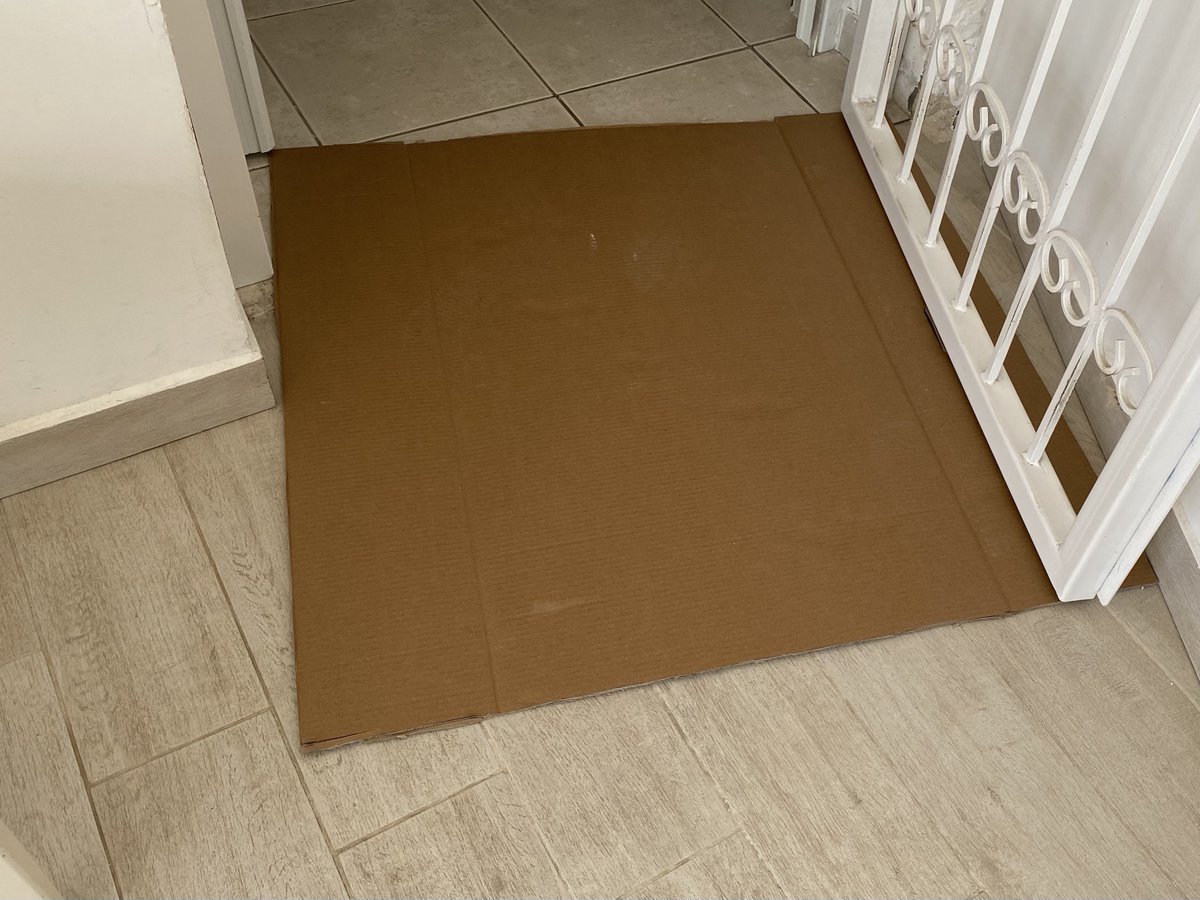
Last week I received an interesting response to my cardboard #dddesign thread. It inspired me to write another one.
A thread on why some problems aren't worth your time and effort. (1/13)
A thread on why some problems aren't worth your time and effort. (1/13)
https://twitter.com/usdzshare/status/1339673586278178817
First, if you didn't read the original thread (2/13)
https://twitter.com/vladikk/status/1335947978482339841
. @usdzshare says that instead of messing around with cardboards, the problem could be solved using a LiDAR equipped device + augmented reality app. What does it have to do with domain-driven design (#dddesign)? (3/13)
According to #dddesign, there are three types of problems: core, generic, and supporting. (4/13)
Solving a *core* problem is your business goal. Such problems require innovation. Either you're the first one to solve it or have a more efficient solution than your competitors. (5/13)
Solving *core* problems is the company's core business. How well you solve a core problem directly affects your company's bottom line. Hence, such problems deserve the most attention and effort. (6/13)
A *generic* problem, on the other hand, doesn't require any innovation. It's an already solved problem. Battle-proven, generic solutions exist and can be bought or adopted. E.g., encryption algorithms, authentication systems, etc. (7/13)
Solving a *generic* problem yourself is a waste. Even if you succeed, it won't bring any competitive advantage or financial benefits to the company. Using an existing solution for a generic problem is the cost-effective solution. (8/13)
Finally, as the name suggests, a *supporting* problem supports the company's core business. Although these activities have to be carried out to compete in the core business, they provide no competitive advantage. (9/13)
A company would prefer a supporting problem to turn into a generic one. For example, if an OSS solution comes out. Using someone else's solution is simpler than building your own, and it does not affect the company's profitability. (10/13)
What does it all have to do with that cardboard? @usdzshare suggests to treat the fridge fitting problem as a *generic* one: solution exists -- the AR app -- just use it. (11/13)
Truth be told, I did try a few AR apps first, but I couldn't trust the results. Probably because my phone has no LiDAR. Hence, for me, it was a *supporting* problem. I'd love to save the hassle of messing around with cardboards, but couldn't. (12/13)
P.S. What would be a core problem in this example? Probably making sure I can afford that fridge. That's the problem I have to solve myself. (13/13)
• • •
Missing some Tweet in this thread? You can try to
force a refresh






